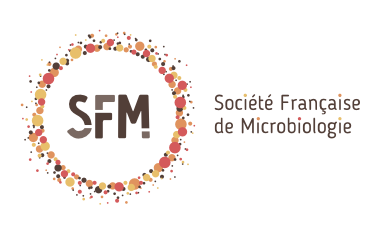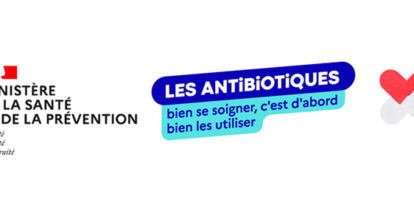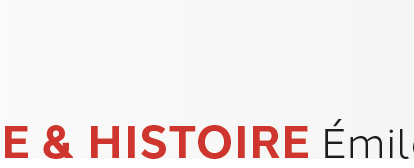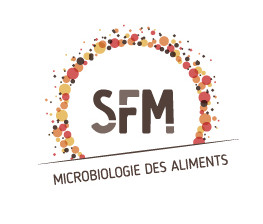Laboratory-acquired infections and pathogen escapes worldwide between 2000 and 2021: a scoping review
Prof Stuart D Blacksell, PhD – Sandhya Dhawan, MSc – Marina Kusumoto, BA – Khanh K Le, MSc – Kathrin Summermatter, PhD – Joseph O’Keefe, PhD et al.
Open AccessPublished:December 12, 2023
DOI: https://doi.org/10.1016/S2666-5247(23)00319-1
Summary
Laboratory-acquired infections (LAIs) and accidental pathogen escape from laboratory settings (APELS) are major concerns for the community. A risk-based approach for pathogen research management within a standard biosafety management framework is recommended but is challenging due to reasons such as inconsistency in risk tolerance and perception. Here, we performed a scoping review using publicly available, peer-reviewed journal and media reports of LAIs and instances of APELS between 2000 and 2021. We identified LAIs in 309 individuals in 94 reports for 51 pathogens. Eight fatalities (2·6% of all LAIs) were caused by infection with Neisseria meningitidis (n=3, 37·5%), Yersinia pestis (n=2, 25%), Salmonella enterica serotype Typhimurium (S Typhimurium; n=1, 12·5%), or Ebola virus (n=1, 12·5%) or were due to bovine spongiform encephalopathy (n=1, 12·5%). The top five LAI pathogens were S Typhimurium (n=154, 49·8%), Salmonella enteritidis (n=21, 6·8%), vaccinia virus (n=13, 4·2%), Brucella spp (n=12, 3·9%), and Brucella melitensis (n=11, 3·6%). 16 APELS were reported, including those for Bacillus anthracis, SARS-CoV, and poliovirus (n=3 each, 18·8%); Brucella spp and foot and mouth disease virus (n=2 each, 12·5%); and variola virus, Burkholderia pseudomallei, and influenza virus H5N1 (n=1 each, 6·3%). Continual improvement in LAI and APELS management via their root cause analysis and thorough investigation of such incidents is essential to prevent future occurrences. The results are biased due to the reliance on publicly available information, which emphasises the need for formalised global LAIs and APELS reporting to better understand the frequency of and circumstances surrounding these incidents.









